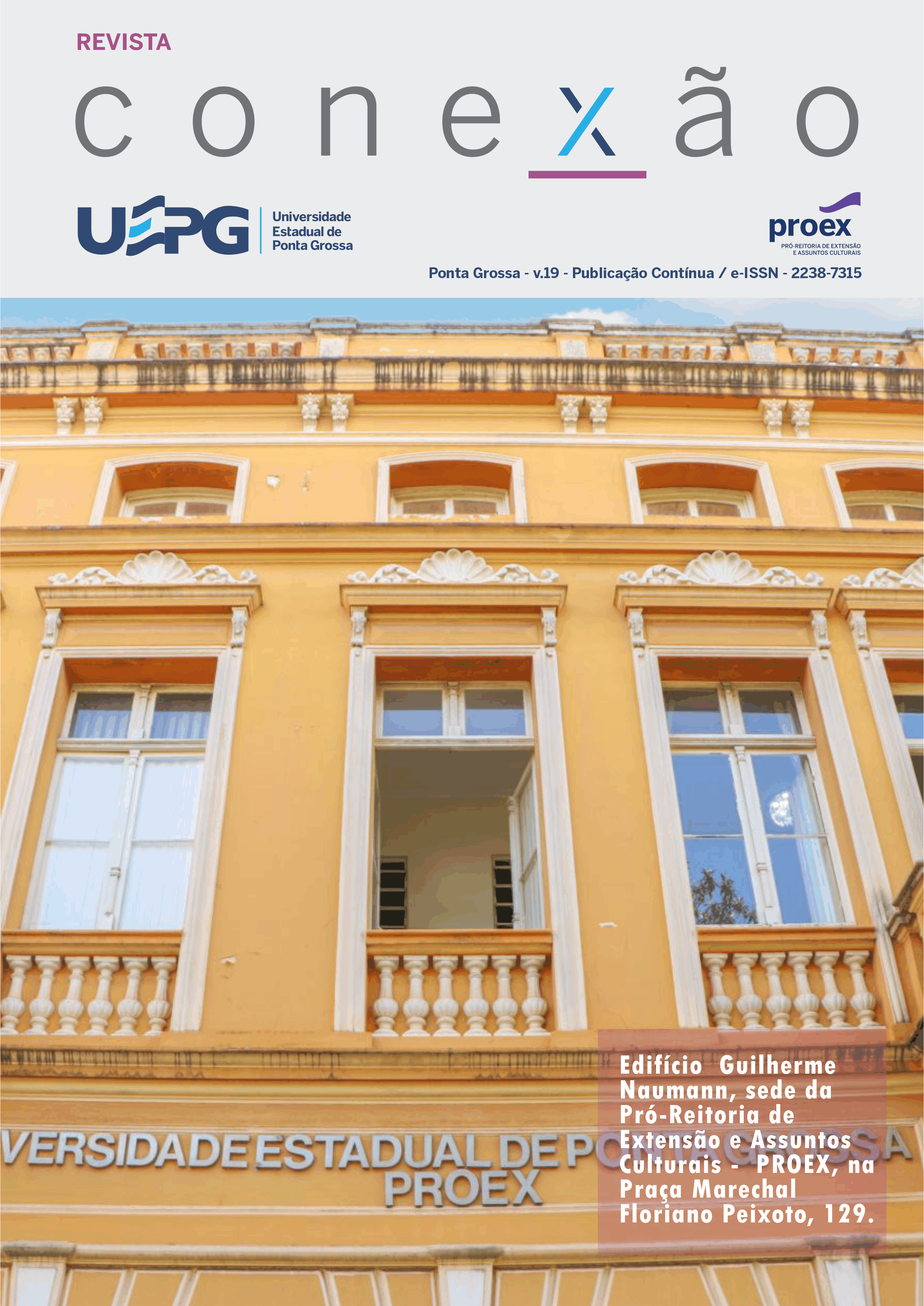DELINEAMENTO E USO DA METODOLOGIA ATIVA DE ENSINO NO PROJETO DE EXTENSÃO SABER SUS EM JATAÍ, GOIÁS
DOI:
https://doi.org/10.5212/Rev.Conexao.v.19.20052.002Abstract
Unified Health System (SUS) is an example of quality public health. The aim was to describe the Saber SUS Extension Project and the use of active teaching methodology. The target audience were high school students from public and private schools in Jataí-Goiás. Five stations were defined in the SUS: Principles and Guidelines of the SUS; Basic Health Unit and Emergency Care Unit; Family Health Strategy and Family Health Support Center; Vaccination; Mobile Emergency and Reception Service with Risk Classification. In the five stations, active teaching methodologies were used. The average time of actions at each station was seven minutes and the number of participants varied between 6 and 10. Thus, the Saber SUS Extension Project contributed to publicizing and promoting the SUS and the use of the active methodology allowed students to become protagonists of the teaching-learning process.
Downloads
Downloads
Published
Issue
Section
License

This work is licensed under a Creative Commons Attribution 4.0 International License.
a) Authors retain copyright and grant the journal right of first publication with the work simultaneously licensed under a Creative Commons Attribution License that allows others to share the work with an acknowledgement of the work's authorship and initial publication in this journal.
b) By submitting an article to the Revista Conexão UEPG and having it approved, the authors agree to assign, without compensation, the following rights to the Journal: the rights of first publication and the rights to redistribute the article and its metadata to the indexing and reference services that the editors deem appropriate.
c) Readers are free to transfer, print out and use the articles published in the Journal, as long as there is always explicit mention to the author(s) and to the Revista Conexão UEPG and as long as there is no alteration of the original work. Any other use of the texts needs to be approved by the author(s) and by the Journal.






